Aate Ka Halwa is a popular Indian sweet dish made with whole wheat flour. It is served as Kada Prasad in all the Gurudwara’s (Sikh Temple) worldwide. Be sure to watch the video!
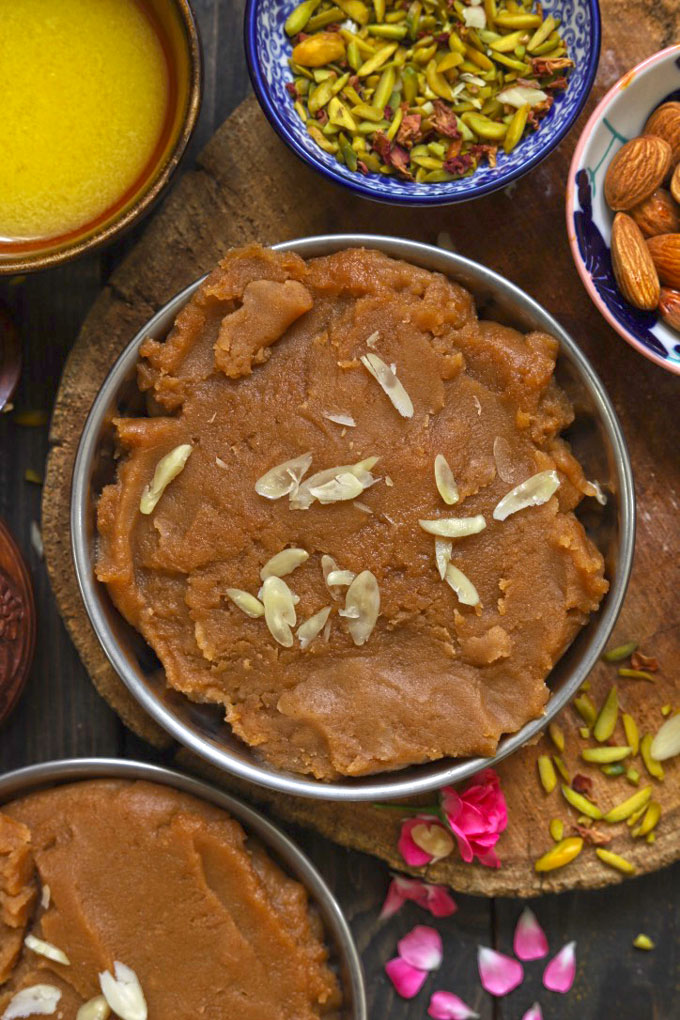
About Kada Prasad
Wheat (atta) is one of the staple ingredients in an everyday Indian diet. Whether it is chapati, paratha, or ladoo, wheat flour is commonly used in Indian cuisine.
Kada Prasad is the Sikh name for wheat halwa. The mouth-melting, simple halwa is believed to be food blessed by the Guru. The prasad is served to everyone visiting the Gurudwara (Sikh Temple) from the same bowl.
The taste of the simple halwa served at Gurudwara is divine. No fancy sweet dish can beat its taste and texture.
During the winter season, often wheat halwa is prepared for breakfast or before bedtime to stay warm and cozy.
I am sharing a tried and tested Kada Parasd recipe I learnt from my Sikh mother-in-law. It is a failproof halwa recipe she has been following for 40 years.
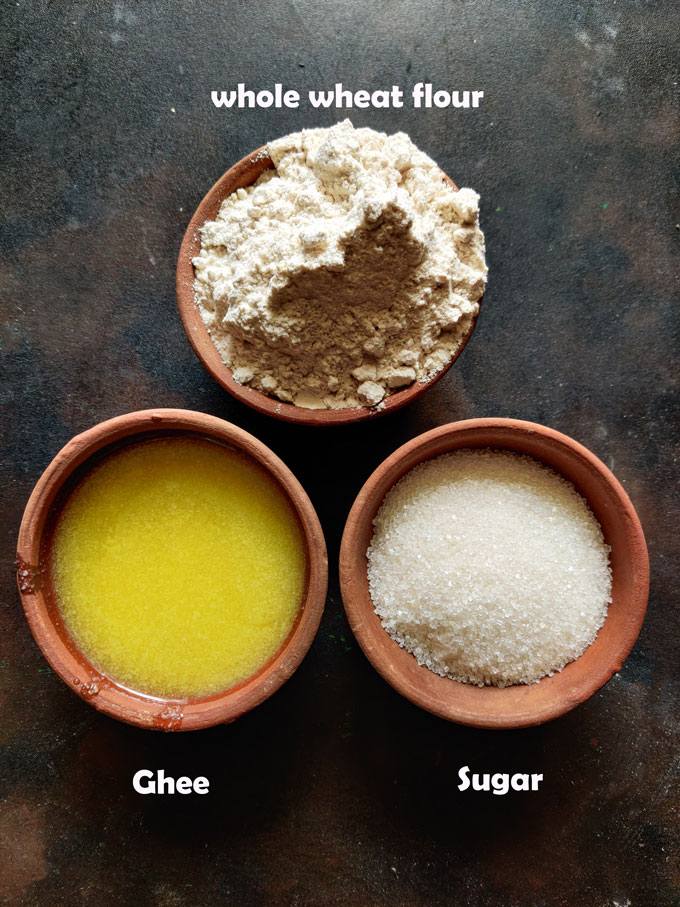
Ingredients Required
Aate Ka Halwa requires only 4-ingredients, including water.
Wheat Flour – it is always best to use a coarse texture of whole wheat flour for making halwa. You can use freshly milled flour as well.
Replace wheat flour with semolina, and you will have delicious suji (semolina) halwa.
Ghee – Desi ghee (clarified butter) is a key ingredient in making rich atta halwa. You can use unsalted butter as a substitute, but the taste will not be the same.
Sugar – Granulated White Sugar gives the halwa a sweet taste and sort-after texture. Adjust the amount of sweetness in halwa as per your liking.
Use organic brown sugar or powdered jaggery instead of white sugar.
Cardamom Powder – It is optional to add green cardamom powder to the halwa for the subtle sweet aroma and taste.
My Tried & True Tips
Heavy Bottom or a heavy-duty flat pan to make the halwa, especially for perfectly roasting the wheat flour.
Ghee is the soul of a perfect wheat halwa. Hence, avoid reducing the quantity of ghee required to make the halwa.
Slow roasting is the key step in making a deep brown colour aate ka halwa. Always slow-roast wheat flour over a low-medium flame. Also, keep it stirring continuously while roasting for even browning.
Colour – Do not give up on flour until a nice, nutty aroma is released and the colour of the wheat flour is changed from pale white to light brown, like a biscuit.
While making the sugar syrup, let the sugar dissolve completely in the water. If you add cardamom powder or saffron, mix them in the sugar syrup.
Slowly add the sugar syrup to the roasted flour. There will be a lot of spluttering. Hence, keep your distance from the stovetop.
Continuously stir the halwa after adding the sugar syrup to avoid lump formation. The consistency of wheat halwa is spoon-dropping (refer video).
Extras – you can add sliced almonds, cashews, or raisins to the atta halwa. But usually, an authentic wheat halwa is smooth, creamy, and without any nuts.
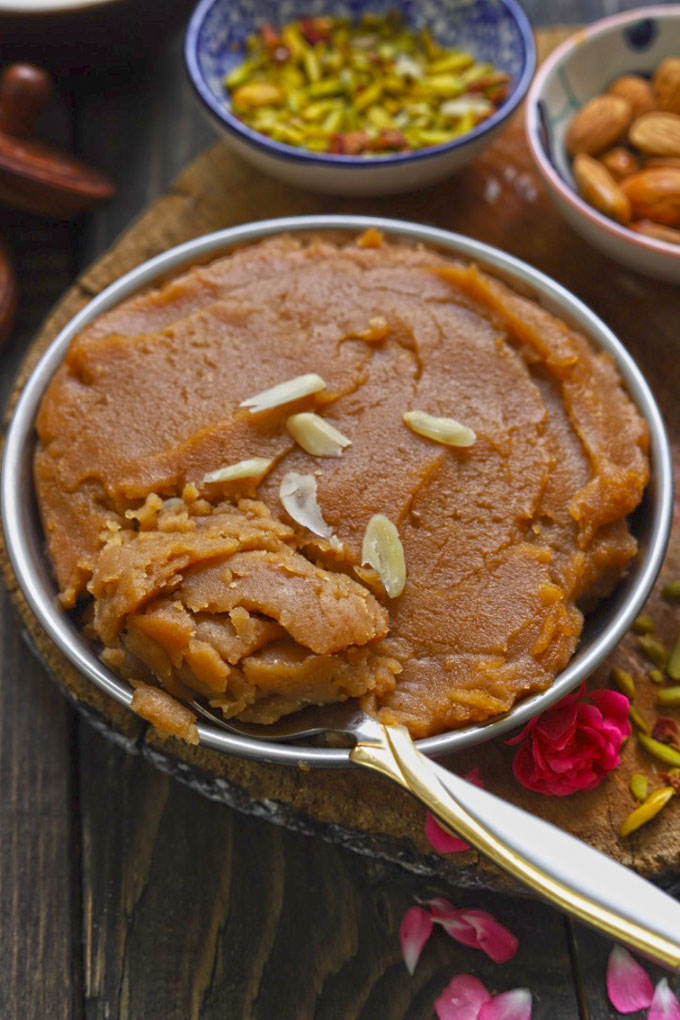
FAQs Related To Aate Ka Halwa
Yes, Kada Prashad and wheat halwa are the same. Atta Halwa served as prasad at Gurudwara and is called Kada Prashad. Both types of halwa are made from equal portions of wheat flour, ghee, and sugar.
One can use unsalted butter instead of ghee to make halwa. But the taste will not be the same and truly authentic. There will be no difference in the texture of the halwa.
Transfer the halwa to an airtight container. Store it in the fridge. Before serving, heat the sweet dish in a microwave for 1 – 2 minutes or till it is warm enough to eat. Wheat Halwa doesn’t taste good at room temperature or cold.
In Gurudwara, especially milled wheat flour is used to make halwa. The texture of that flour is a bit grainy and coarse. It is not refined or processed. Hence, the texture of halwa at Gurudwara is grainy.
Watch Atta Halwa Video
More Indian Dessert Recipes
Subscribe to our weekly newsletter or follow us on Youtube for video recipes.
If you try this recipe and love it, please leave a comment and a rating. This helps us grow and reach other food lovers like you.
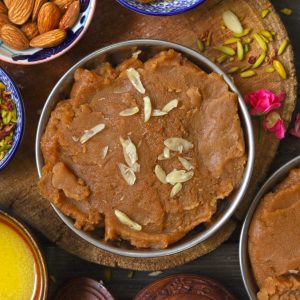
Aate Ka Halwa Recipe
- Saucepan
Ingredients
- 1 Cup whole wheat flour (gehun atta)
- 1 Cup clarified butter (ghee)
- 1 Cup granulated white sugar
- 4 Cup water
Instructions
- In a heavy bottom flat pan heat ghee. Add flour and start roasting it over low heat turn till the color of flour is deep brown and a sweet roasted aroma is released. This usually takes 10 – 15 minutes over low heat.
- Keep stirring the flour while roasting for even coloring and avoid burning.
- Meanwhile, boil the water and sugar in a saucepan over medium-high heat till sugar is nicely dissolved in water. Simmer the sugar syrup over low heat till flour is nicely roasted. Add a teaspoon of cardamom powder for taste and aroma (optional).
- Add the warm sugar syrup slowly to the roasted flour. Keep stirring the mixture continuously in a circular clockwise motion to avoid any lump formation (refer video).
- Stir and cook the halwa till it absorbs all the sugar syrup (refer video). Cover and cook for a minute over low heat. After a minute, turn off the heat. Garnish with sliced almonds, if you prefer.
- Serve Aate Ka Halwa warm.
Recipe Notes:
- Heavy Bottom or a heavy-duty flat pan to make the halwa especially for perfectly roasting the wheat flour.
- It is always best to use wheat flour with coarse texture to make halwa or you can use freshly milled wheat flour instead of packaged one.
- Use 100% pure wheat flour and not mixed or multigrain flour for this recipe.
- Slow roasting is the key step in making a deep brown color halwa. Always slow roast wheat flour over a low-medium flame while continuously stirring it.
- Do not give up on flour until a nice, nutty aroma is released and the color of the wheat flour is changed from pale white to light brown like a biscuit.
- If you are adding cardamom powder or saffron, mix them in sugar syrup.
- Continuously stir the halwa after adding the sugar syrup to avoid any lump formation. The consistency of wheat halwa is spoon dropping.

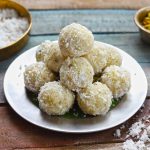
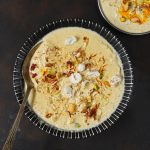
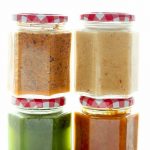
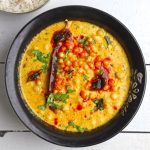
BRB Meaning says
I have been searching for such an informative post for many days and it seems my search just ended here. Good work. Keep posting.
Charu says
Very detailed tips.
Hina Gujral says
Thanks a lot!
Sailaja.s says
Super taste
Hina Gujral says
thank you so much!
LS says
Having made kada prasad few times, I tried to mix rava (semolina) with, in 1/3rd proportion to wheat flour, thinking I would get some bit of grainy texture but results were totally different. It turned out something like rava kesari from south 🙂
Hina Gujral says
Aate Ka Halwa or Kada Prasad never have a grainy texture even at Gurudwara. But that can be achieved by mixing semolina. But there is a different way of making it.